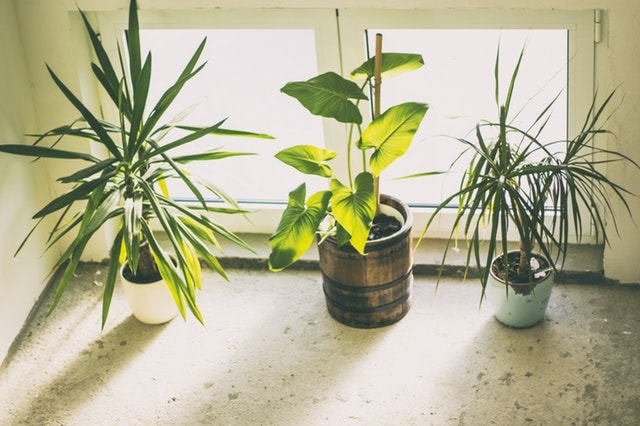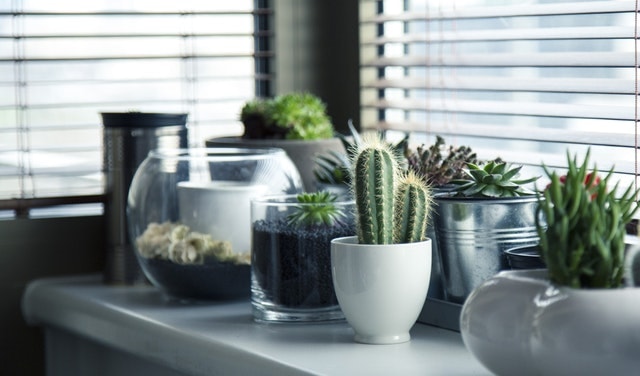Plants require our help to grow just like we need them to live. We cannot grow all medicinal plants at home. However, the ones that we see in most houses are the Aloe Vera plants. Aloe vera is the most common and essential plant found in people’s homes nowadays. Though they seem they are the simple solution to most health and skin-related maladies, direct consumption of aloe vera also helps in treating common ailments like
- constipation
- diabetes
- and cholesterol.
The gel extracted from the plant has proven effective in healing many skin conditions. You can also make a variety of creams containing varying percentages of aloe vera extract.
The various skin conditions it heals when topically applied are:-
- Acne
- Dandruff
- Psoriasis in the scalp and skin
- Skin abrasions
- Dandruff
- Minor burns
- Skin injury caused by radiation
- Sores
Aloe vera is known as succulents in botanical terms, indicating fleshy leaves’ ability to store water. Therefore, aloe leaves look so green and can store water in their stem. Mostly, we grow aloe vera for pharmaceutical purposes, but we can also grow them at home for personal use and consumption.
Aloe vera can be kept as a house plant in part or full sun exposure, depending on the season. Although this precious plant has recently gained popularity, it has been in use since immemorial. In recent times, the growing knowledge about aloe goodness has reached people who have made it a point to at least have one aloe vera plant at home. Knowing what type of soil to use is just as important as knowing how to water it. A proper mix of soil containing perlite, lava rock, and bark chunks is best for the growth of the aloe vera plant.

Just as a human being requires care and attention, so does the aloe vera plant in its lifetime. If you have aloe vera plants at home, you must be aware of a few care instructions that you need to maintain to have a healthy growing aloe vera plant. You can understand the health of an aloe vera plant just by looking at it. You can easily identify a healthy plant by judging by the size and thickness of its leaves and how juicy and green they look. Anything other than this proves that your aloe vera plant is careworn, and you may be making a mistake in its caretaking.
We know aloe vera helps in hair growth but do we know what helps aloe vera to grow? Let us read on to know more about how to take care of the plant that takes care of you.
MORE POSTS: Best Succulent Identification Apps
How often do you water aloe vera outdoors?
The evaporation rate is higher outdoors than it is indoors. If your plant is kept under direct sunlight or even under a cover, it is likely to lose more water through transpiration than it would while being indoors.
Since aloe vera is drought resistant, it takes care of itself if not watered for too long. However, if you keep it outside under direct sunlight, watering it regularly at fixed intervals is essential to make up for the loss of moisture. In its prime days, the plant requires extra water to grow. You may find the soil completely dried up after generously watering it a few hours ago. You must carefully pour water at the bottom till it seeps out of the drainage hole.
That is when you know the soil is soaked and moist. The soil must be kept moist in summer and spring, while in winter, you should minimize watering it frequently in the case of young or mature aloe vera plants. Mature aloe plants don’t require as much watering as young ones do, regardless of the season. Watering once after every three weeks is more than enough in the summers.
Therefore, there is no year-long fixed frequency that you may need to follow while watering an aloe vera plant kept outdoors. You may water it less or more frequently, judging the weather and what the plant needs.
How often do you water aloe vera indoors?
Indoor aloe vera plants do not get the direct heat of the sun’s rays. In summer, though, the hot breeze does the job of sucking up moisture on behalf of them. In any other season, aloe vera retains a lot of moisture in its soil. Therefore they do not need to be watered every day. Watering once a week in the case of young plants is enough in such a situation. You should control the amount of water you may pour.
Do it slowly instead of pouring it in all at once. In this way, you also make sure not to waste precious water. An excess amount of water will cause the plant to rot and wilt, making your efforts go to waste. Would you not want a wilting plant on your balcony anyway?
How often do you water aloe vera in summer?
Keeping the plant in direct sunlight, especially during summer, can be harmful to the plant, even more so if it’s young. A mature Aloe Vera plant can retain water for a long time and does not need regular watering. However, if kept under direct sunlight for too long, it is likely to dry up and shrivel under the sun’s scorching heat. If you have planted a new sapling in the summer season itself, taking extra care is required. If it is kept outside, it is best to leave it under a shade to ensure its survival. The soil is best if mixed with half a portion of cactus soil instead of gardening soil. Cactus soil ensures good drainage as opposed to gardening soil.
Moist soil is essential for the proper growth of aloe vera plants. Make sure to water at least twice a week as the transpiration rate is high in summer, making the plant lose more water than usual. The pot should always have a drainage hole at the bottom for an excess water outlet which ensures that the soil only remains moist and is not drenched in excess water. It is important to ensure that the roots only get the required amount of water as any excess of it will cause the roots to rot and consequently cause the death of the plant so carefully planted.
How often do you water aloe vera in winter?
The general atmosphere in winter is cold and dry. We need extra moisture for our skin that dries up but does the delicate aloe vera plant need the same? There’s a certain level of moisture already present in the air, which plants use up. If, in the summer, you are watering a mature aloe vera plant once every three weeks, then in the winter, it should be narrowed down to once in six weeks.
If you happen to check your plant daily, you’ll find it damp and moist. In that case, leave it alone. The air’s moisture has already ensured that the plant survives without extra irrigation from us. Perhaps, you could cut down a leaf to use its gel for moisturizing your skin in the winter. Make sure to apply generously!
Do you water aloe vera from the top or bottom?
Generally, when plants are watered, it is done so from the top. This makes sure the leaves get wet as well. However, the aloe vera plant leaves do not absorb water from the surface of the leaves. So, watering from the top will only lead to wastage, and sufficient water will not reach the bottom as it will slide away from the leaves. Watering the plant from the bottom directly to the soil is essential.
Also, always ensure that the pot has a water outlet at the bottom, allowing excess water to seep through instead of being clogged in the mud. This gets the water directly into the root system, which the plant uses. Watery soil will cause the plant to become yellow and rot.
Conclusion
Distilled or rain water works best for aloe vera because it does not contain salts, leaving any opportunity for leaching. Filtered water used for drinking purposes may also be used. Municipal tap water would be the least good water used for watering the plant as it contains harmful substances like fluoride and chlorine. The key to having a well-grown supple aloe vera plant is to know the right quantity of water, sunlight and a little dose of kind words from the owner required for the plant to grow well.
Continue doing so for a few months to see results. When you finally see your plant has grown several feet with its leaves thick and supple, spread wide apart and reaching beyond your pot, pat yourself on the back. You’ve done well!
MORE POSTS: Best Succulents for Beginners



